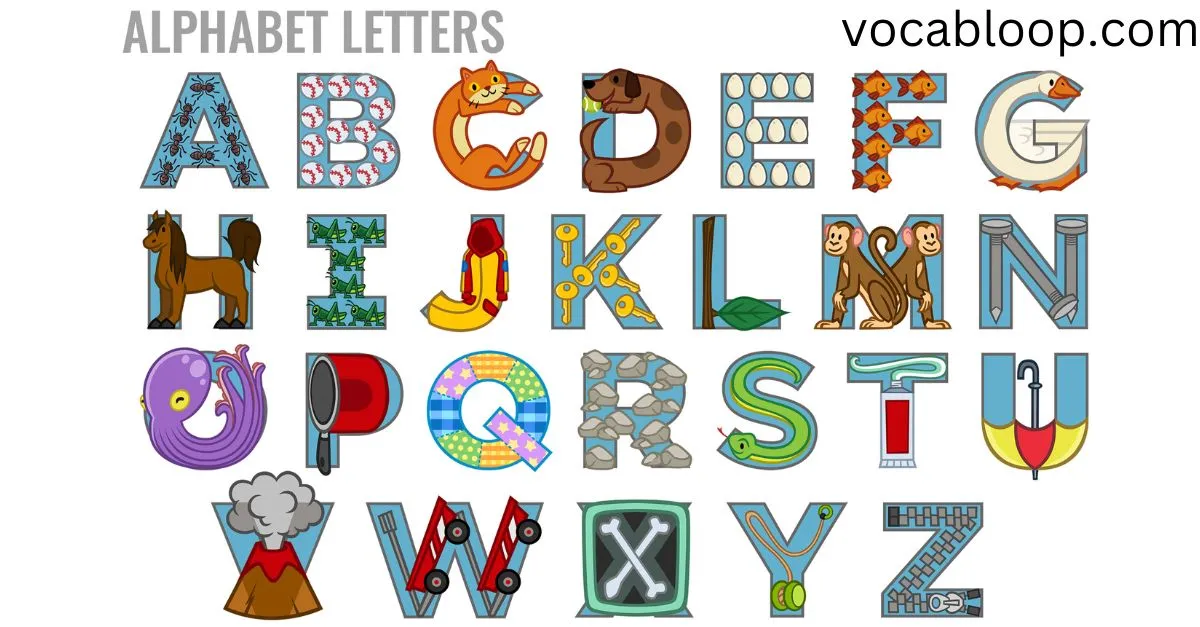When discussing language, many people confuse the terms alphabet and letter, though they have distinct meanings. An alphabet refers to the entire set of characters or symbols used in a language, such as the 26 letters of the English alphabet. A letter, on the other hand, is a single character within this set, like “A” or “B.”
These terms are connected but not interchangeable, as the alphabet is the larger system, while letters are its building blocks. Understanding this alphabet difference is essential for clear communication. By exploring their meanings, roles, and origins, readers can avoid misunderstandings and use these foundational linguistic elements accurately in writing and speech.
What is there confusion alphabet or letter
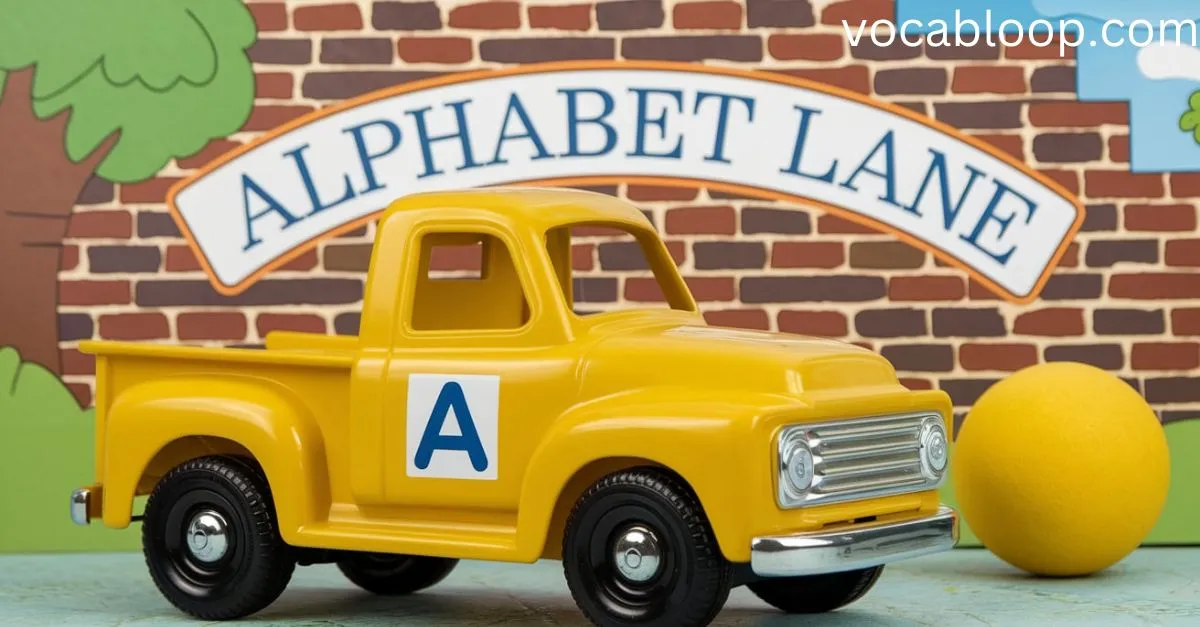
Confusion arises because both “alphabet” and “letter” are language basics. While a “letter” is an individual linguistic element, the “alphabet” is the collection of these written language parts. The terms are often misused because they describe parts of the writing system, yet they serve different functions. This distinction is key to understanding foundational language terms.
People often ask, “Is it ‘letter’ or ‘alphabet’?” The answer depends on context. If we refer to the entire alphabet set, such as A to Z, it’s the “alphabet.” But if we focus on individual phoneme symbols, like A or B, these are letters. Recognizing this difference ensures writing clarity and accurate usage.
What is the alphabet?
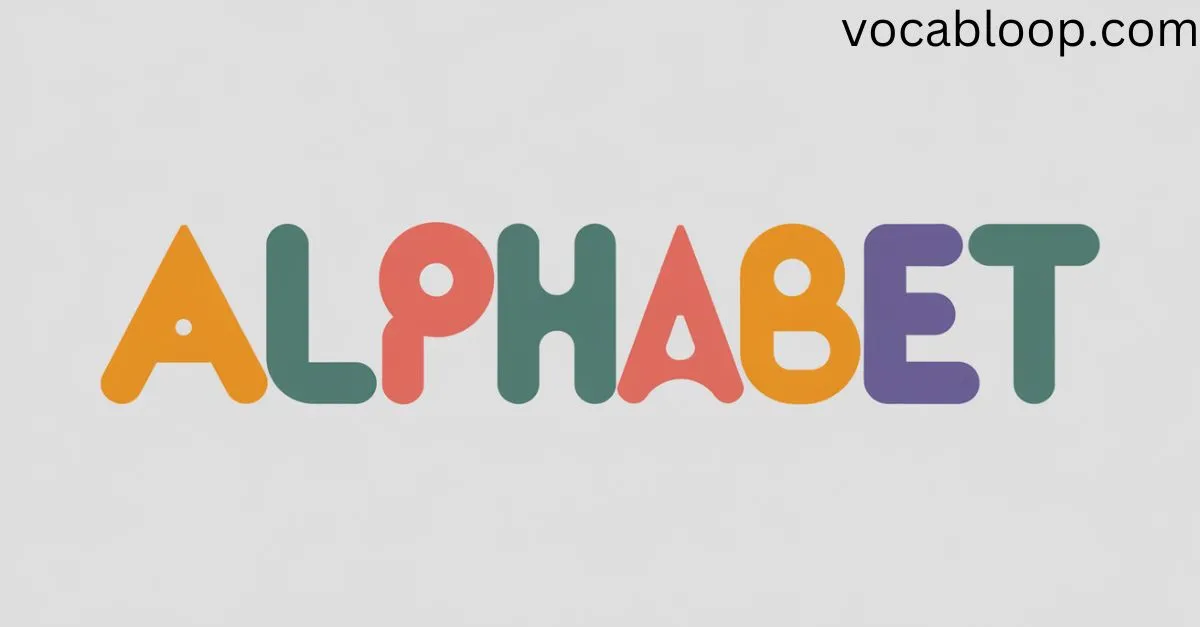
The “alphabet” is a standardized system of letters used in a language. In English, it consists of 26 language units arranged from A to Z. These alphabet units provide the framework for creating words and sentences. Each alphabet is unique to its language, such as the Cyrillic or Greek alphabet systems.
In English, the alphabet structure is essential for reading and writing. Unlike spoken language, which relies on speech sounds, the alphabet captures these sounds in visual form. This makes it a cornerstone of written communication and literacy. Without a uniform writing framework, consistent language use would be impossible.
Is the Alphabet Word Correct?
Yes, the word alphabet is correct and widely used in the English language and other languages to describe a system of letters. It is derived from the first two letters of the Greek alphabet, alpha and beta.
Definition:
An alphabet is a standardized system of characters or symbols used to represent the sounds of a language. These characters are arranged in a specific order, forming the complete set of writing symbols.
Meaning:
The word alphabet refers to the entire collection of letters used in a particular language for written communication. For example, the English alphabet contains 26 letters, while the Greek alphabet has 24.
Usage:
The alphabet is fundamental to literacy and communication. For example, children are taught the alphabet at an early age to develop reading and writing skills. Teachers often introduce it with songs, visuals, or games. In practical terms, the alphabet is the starting point for spelling, creating words, and understanding phonics.
What is the letter?
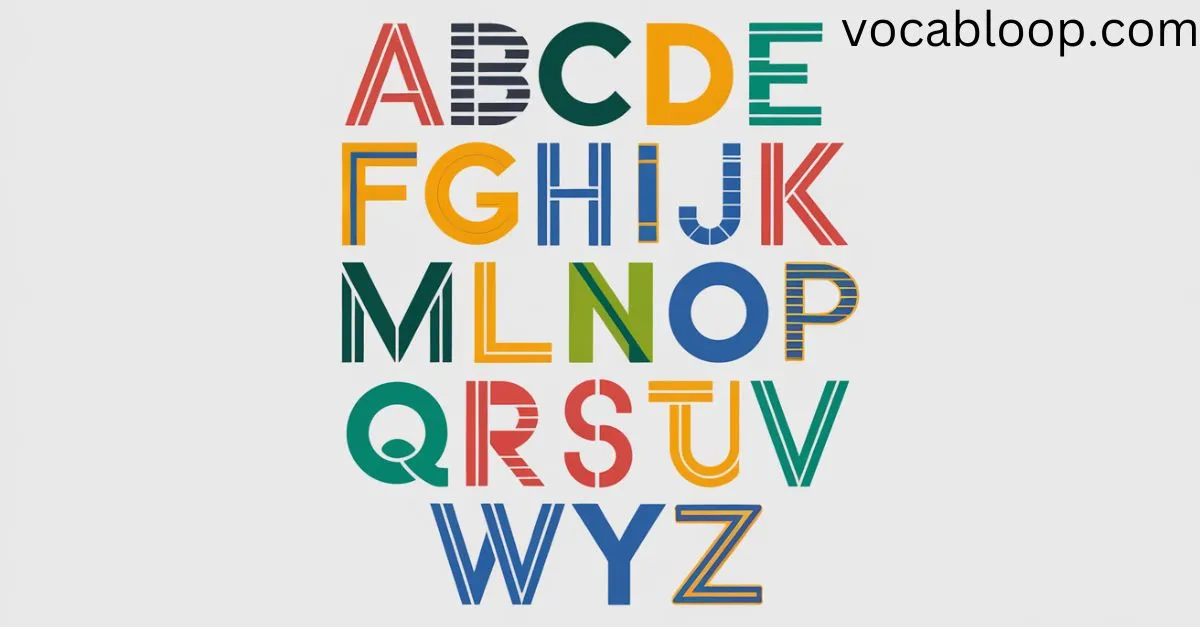
A “letter” is a single language element from the alphabet. Letters are the building blocks of language, representing individual phoneme symbols or sounds. For example, A represents a vowel sound, while B represents a consonant. These linguistic elements work together to form words, enabling comprehensive written communication.
In written English, letters’ role is indispensable. They help form letter sequences, which become words with meaning. By combining letters according to rules, we create written communication. Without letters, the alphabet would be meaningless.
Is the letter word correct?
The word “letter” is historically accurate and widely accepted. Its origin lies in Latin “littera,” meaning “character.” This reflects its role as a phoneme representation. The letter etymology shows its historical importance in forming word construction and linguistic meaning.
The evolution of letters from ancient symbols to today’s designs is fascinating. As written language parts, they’ve adapted to changing writing tools and needs. This history underscores the letter’s enduring role in literacy and communication.
Definition:
A letter is an individual symbol or character that represents a specific sound (phoneme) in a language. It is the smallest unit of an alphabet.
Meaning:
The word letter refers to the individual building blocks of written communication. Each letter, like A or B, contributes to forming words, which carry meaning in a language. Letters are essential in connecting spoken sounds to written symbols.
Usage:
A letter has several contexts. In language, letters are used to construct words, sentences, and ultimately meaningful communication. For instance, the letter “A” begins the English alphabet and appears in numerous words like “apple” or “amazing.”
In communication, the word letter can also refer to a written message sent from one person to another. This dual meaning reflects the versatility of the term in everyday language.
Quick summary alphabet or letter
| Aspect | Alphabet | Letter |
|---|---|---|
| Definition | Set of letters in a writing system | Individual character |
| Example | A to Z | A, B, C |
| Role | Framework for creating words | Building blocks of words |
| Origin | Greek (alpha + beta) | Latin (littera) |
| Usage | Refers to the entire set | Refers to individual units |
Alphabet or letter as parts of speech
Neither “alphabet” nor “letter” is a part of speech. However, they describe elements of the writing framework. As communication tools, they contribute to forming nouns, verbs, and other parts of speech in language. Words like “alphabetical” and “lettered” stem from these terms.
Understanding their function helps in mastering writing conventions. Both are integral to creating a structured and meaningful language system.
Pronunciation of alphabet or letter
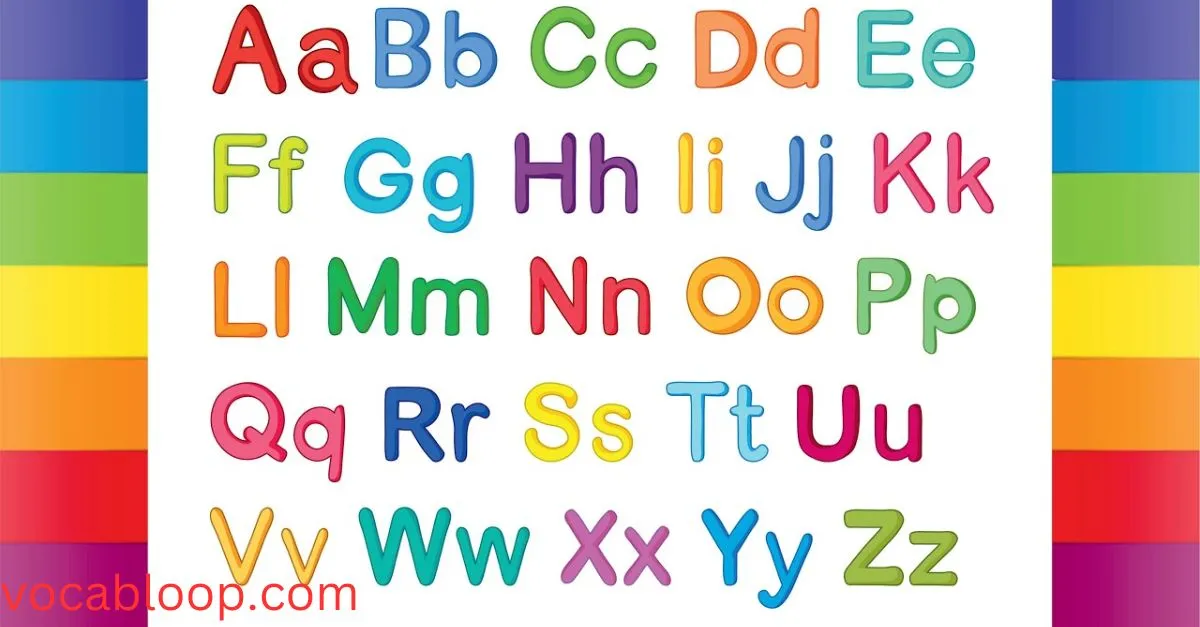
Pronouncing “alphabet” involves three syllables: AL-fuh-bet. The stress is on the first syllable. This contrasts with “letter,” which has two syllables: LEH-ter. Knowing these pronunciations ensures communication clarity.
Mispronunciations can lead to confusion, especially in teaching or learning contexts. Practicing correct pronunciation fosters better understanding of language elements.
Side-by-Side Comparison alphabet or letter
| Feature | Alphabet | Letter |
|---|---|---|
| Meaning | Entire collection of language symbols | Single symbol from alphabet |
| Usage in Words | Foundation for creating words | Forms the word itself |
| Example | English alphabet (A-Z) | Letter A, B, or C |
| Historical Origin | Phoenician and Greek scripts | Latin script |
Which one is more acceptable alphabet or letter
The acceptability of “alphabet” or “letter” depends on context. For naming the system of letters, “alphabet” is correct. If referring to a single unit, “letter” is the right choice. Choosing the correct term improves writing clarity and ensures accurate expression.
Linguists emphasize this distinction because it affects comprehension. For example, calling “A” an alphabet is incorrect. Understanding the alphabet structure is vital for proper usage.
Alphabet in British English and American English
In British English, “alphabet” often refers to formal teaching tools. Teachers might say, “Recite the alphabet,” emphasizing educational settings. In American English, its use is more general, including technical terms like “alphabetical order.”
These variations highlight how regional preferences influence language standards. While both share the same English alphabet arrangement, their usage reflects cultural nuances.
Letter in British English and American English
“Letter” usage shows minor differences between these dialects. British speakers might use “letter” for written correspondence more often, as in “Write a letter to your MP.” Americans, however, often use “letter” for grading, like “a letter grade.”
Both agree on its use in linguistic contexts, such as “phoneme letters.” These differences underline the adaptability of language across regions.
Common mistake how to avoid from them
A common mistake is using “alphabet” when “letter” is meant. For instance, saying, “The alphabet A” is incorrect. Similarly, using “letter” to describe the entire alphabet is also wrong. These errors stem from not understanding the alphabet difference.
To avoid this, remember: alphabet systems are collections; letters are individual units. Repeated practice and exposure to correct examples can fix this.
Trick to Remember the Difference alphabet or letter
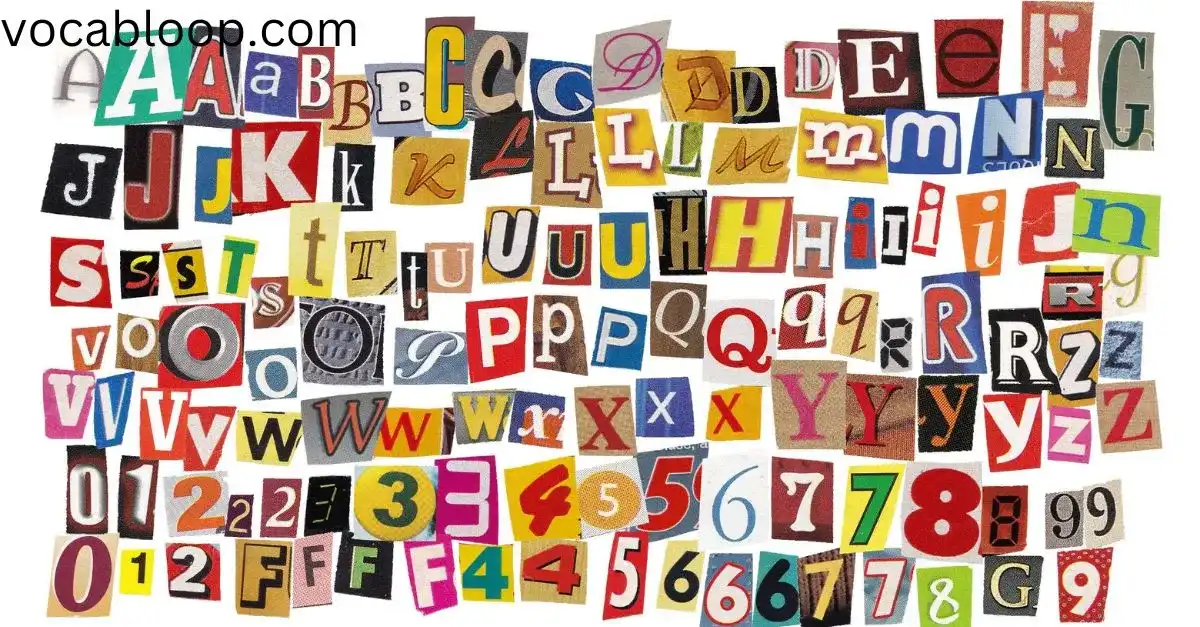
A simple trick is to think of the alphabet structure as a “house” and letters as “bricks.” Without bricks, you can’t build the house. Similarly, without letters, an alphabet cannot exist. This analogy simplifies the relationship between the two.
This “house and bricks” idea makes it easy to recall the distinction. It emphasizes their interdependence while keeping the concept clear.
Origins of alphabet or letter
The origins of “alphabet” trace back to the Phoenician script, which influenced Greek and Latin alphabets. This system introduced a way to standardize writing across cultures, creating the foundation for modern alphabets.
The origins of “letter” come from ancient symbols used to represent sounds. These evolved into characters like those in the Roman alphabet. This history shows how writing adapted to meet human needs for written communication.
Synonyms of alphabet or letter
alphabet:
- Script
- Character set
- Writing system
- Symbol chart
- Grapheme list
- Abecedary
- Lexicon
- Phonetic system
- Codex
- Letter collection
letter:
- Character
- Glyph
- Typeface
- Alphabetic unit
- Sign
- Symbol
- Initial
- Writing mark
- Font letter
- Phoneme representation
Sentences in daily usage of alphabet or letter

Alphabet:
- The English alphabet has 26 letters.
- She learned the Greek alphabet for her history class.
- Children often sing the alphabet song to remember letters.
- The Phoenician alphabet was a precursor to many modern writing systems.
- Learning a new alphabet is often the first step in studying a foreign language.
- Alphabet blocks help young kids recognize letters while playing.
- The alphabet is the building block of any written language.
- English uses the Latin alphabet, which has been in use for centuries.
- He practiced writing the alphabet in both uppercase and lowercase letters.
- Different languages, like Russian, have their own unique alphabets.
Letter:
- Each letter in the word “apple” has a distinct sound.
- He wrote a heartfelt letter to his grandmother.
- Learning to form letters neatly takes practice.
- The letter “H” can be silent in words like “hour.”
- She addressed the letter to her pen pal in another country.
- Letters represent sounds in most languages, making communication easier.
- The letter “Y” is sometimes a vowel and sometimes a consonant.
- He mailed the letter with a colorful stamp on the envelope.
- Each letter in the alphabet has its own pronunciation.
- Writing letters by hand is still considered a personal touch in communication.
FAQs
What is the difference between the alphabet and letter?
The alphabet is the entire set of letters, while a letter is a single unit of that set.
How many letters are in the English alphabet?
There are 26 letters in the English alphabet.
Is “alphabet” used the same in all languages?
No, each language has its own alphabet.
What is the origin of the alphabet?
It originates from the Phoenician script, adapted by the Greeks and Romans.
Why is the alphabet important?
It provides the foundation for written communication.
Conclusion
Understanding the difference between “alphabet” and “letter” enriches our grasp of language. These language elements form the core of writing systems and contribute to communication standards.
By mastering their definitions, uses, and histories, we can enhance our linguistic skills and communicate more effectively.

Alex Hormozi is a seasoned blogger at Vocab Loop, known for his deep insights into language, vocabulary, and grammar. With years of experience in writing, Alex shares practical tips and effective strategies to help readers improve their linguistic skills and enhance their writing abilities.

